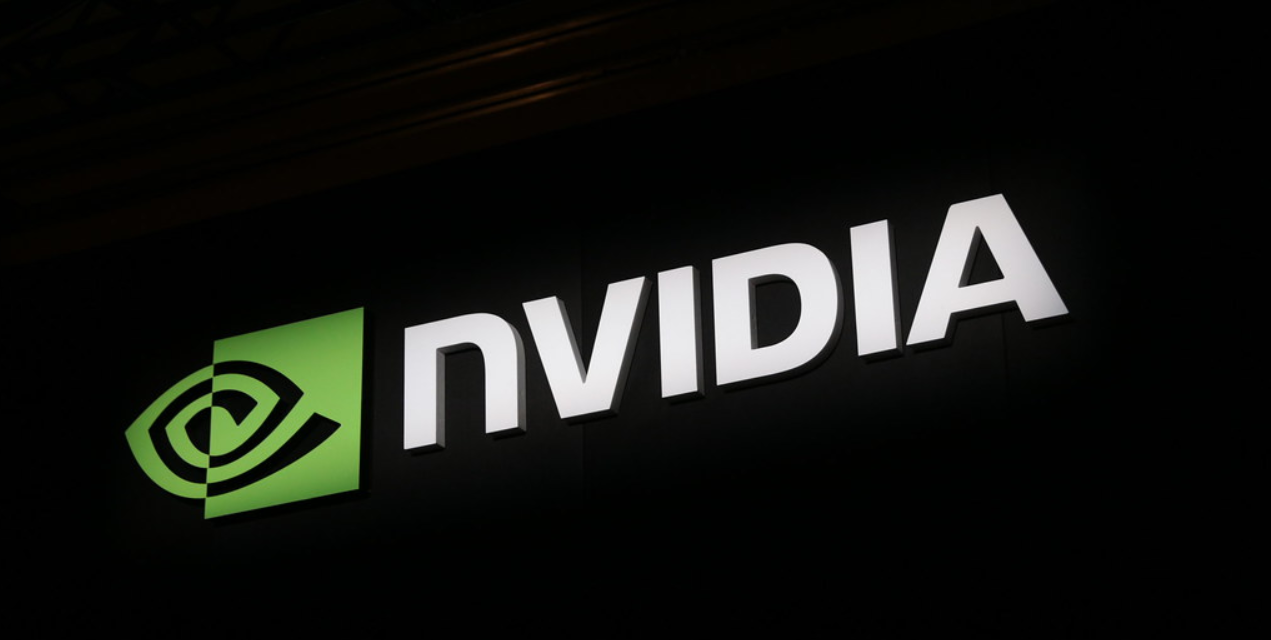Over the preceding three decades, the investment landscape has been abuzz with burgeoning trends. Yet, in 2023, it is unequivocally artificial intelligence (AI) that has seized the zenith of investors’ fascinations.
At its essence, AI mobilizes software and mechanisms to administrate undertakings traditionally within the human domain. The linchpin of AI’s triumph stems from its embrace of machine learning, enriching software and systems with the acumen to augment their proficiency in tasks, rendering AI’s efficacy ubiquitous across diverse sectors.
The financial magnitude conjoined with AI parallels the colossal anticipations of investors. PwC predicts that AI will catalyze an economic accretion of $15.7 trillion by 2030, incorporating a $6.6 trillion augmentation in productivity and a $9.1 trillion uplift on the consumption facet.
Amongst the plethora of corporations reaping the dividends of AI’s ascendancy, Nvidia (NASDAQ: NVDA), specializing in graphics processing units (GPUs), conspicuously outshines.
With the inception of Nvidia’s fiscal 2024 in early February, the prognoses were tilted towards high-single-digit sales augmentation. However, post two quarters, the revised consensus propels the sales growth expectation to 103%. This equates to a recalibration of sales forecasts from a modest $30 billion to a staggering $55 billion within a seven-month interlude.
While a rejuvenation in Nvidia’s gaming division is noteworthy, the quintessential surge is attributed to data center revenue. Nvidia’s A100 and H100 GPUs are paramount in high-compute data centers. This robustness in decision-making proficiency positions Nvidia as the architectural pillar of the AI metamorphosis.

Yet, the horizon for Nvidia in 2024 might harbor tumultuous tides. The irony lies in the prospective derailment stemming from AI GPU production amplification. Nvidia’s surging data center sales resonate with the saturation in the production of its A100 and H100 GPUs. This scarcity, coupled with formidable pricing vigor, has propelled Nvidia’s gross margins.
However, the predicament intertwines with the capacity constraints at chip-manufacturing titan Taiwan Semiconductor Manufacturing Company (NYSE: TSM), renowned as TSMC. The relentless pursuit of expansive memory by AI-accelerated data centers leads to the packaging on chip on wafer on substrate (CoWoS), with alternative routes scarce and financially onerous. Hence, the liberation of Nvidia’s potential is intertwined with TSMC’s capacity enhancement.
The silver lining is TSMC’s ambitious plans to escalate its CoWoS capacity, potentially doubling it imminently. Yet, the ensuing challenge for Nvidia emerges as its production broadens, inflating its operational costs and concurrently diminishing its pricing dominance.
Furthermore, the competitive landscape is intensifying. Advanced Micro Devices (NASDAQ: AMD) has unveiled the MI300X, its elite GPU for AI-accelerated data centers, with Intel (NASDAQ: INTC) scheduled to launch its Falcon Shores GPU in 2025. The inception of formidable contenders is poised to exert additional pressures on Nvidia’s pricing sovereignty and, consequently, its profit margins in 2024.
Additionally, the historical trajectory implies a potential recoil for Nvidia post its stellar performance. The trajectory of innovations such as the internet, 3D printing, blockchain technology, and the metaverse reveals a cyclic pattern of initial euphoria followed by a reality check, necessitating a maturation phase.
This isn’t to undermine the eventual fruition of innovations but to emphasize the inherent imperfections in the evolution of groundbreaking trends, with AI being no exception. The prevailing expectations surrounding Nvidia are soaring, and history serves as a reminder of the inherent convolutions in the realization of innovative ventures.





